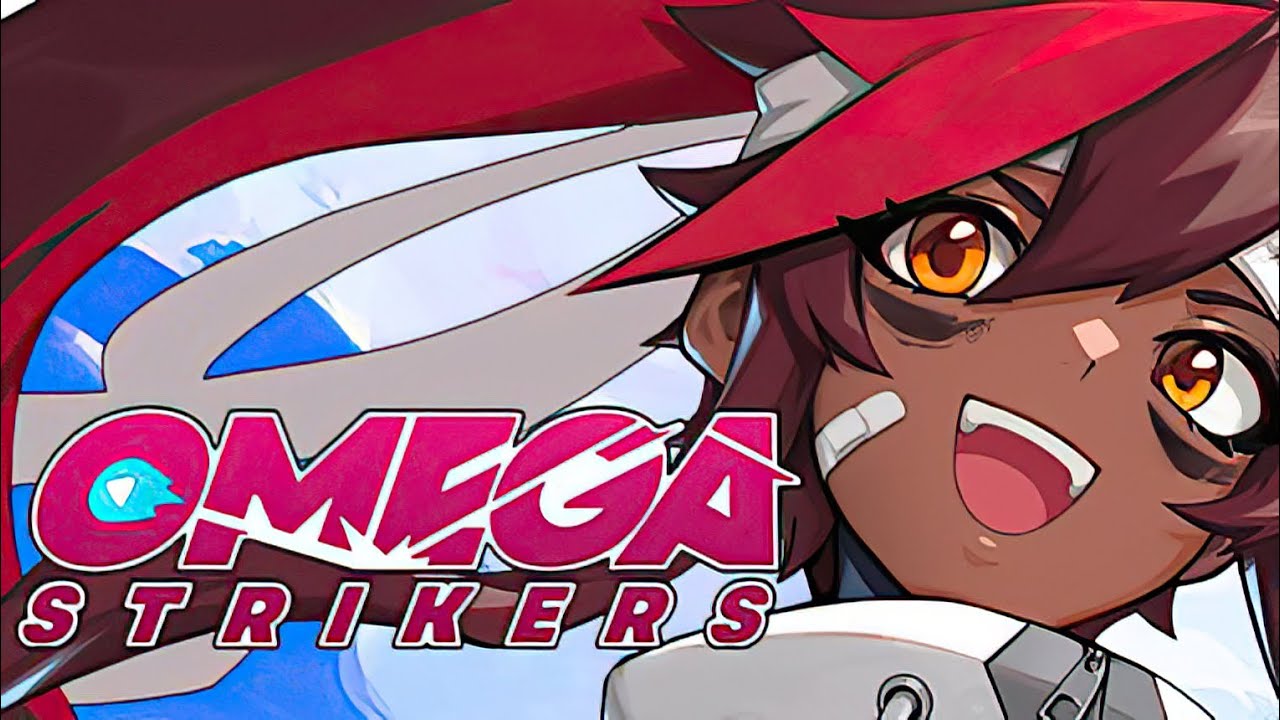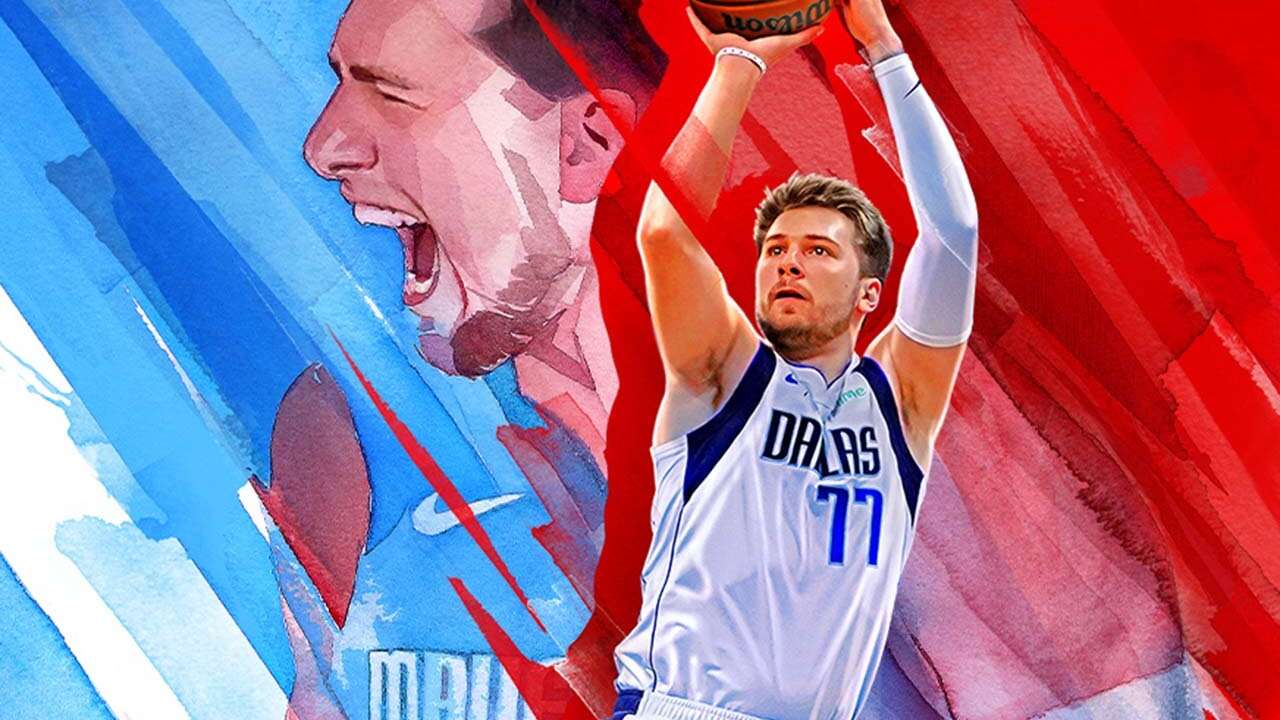Inside this introductory guide for Omega Strikers, I aim to share some valuable tips that will benefit beginners. To begin with, I highly suggest using the WASD controls as they offer smoother movement and better precision when utilizing your abilities. It’s advisable to avoid using the mobile settings as they may result in a less enjoyable experience. You can trust my recommendation based on personal experience.
Now, let’s delve into what exactly Omega Strikers is all about.
Omega Strikers is essentially a 3v3 MOBA air hockey game. The main objective is to score goals by striking the puck into the goals situated on either side. To emerge victorious, you must have a goal advantage of at least two over your opponents, typically playing to a first-to-five score. However, if the two-goal difference hasn’t been reached, the game will continue until that condition is met. The game has the potential to reach a score of 100-100 in theory, or it can conclude with the team leading by 20 goals when the timer runs out.
I won’t be covering the training aspects in this guide, as they might undergo changes over time. Instead, I intend to provide you with a timeless introduction to the game. If you require information regarding the training features, please feel free to ask in the Discord or leave your queries in the comments. Alternatively, I may release a separate guide dedicated to training in the future. Just wanted to give you a heads up.
Game Mechanics
Now let’s discuss the mechanics of the game. There are several abilities at your disposal, with the left click serving as the basic auto-attack that doesn’t affect other players. On the other hand, the right click enables interactions with other players, allowing you to knock them and inflict damage. It’s important to keep an eye on the health bar as damaging opponents and depleting their health grants you the ability to push them into specific zones or goals, ultimately eliminating them. This provides your team with an advantage on the map while they are on a respawn timer.
While breaking the health bar isn’t mandatory to knock opponents out on the sides, it certainly makes the task easier. Now let’s shift our focus to experience (EXP) and levels. Levels play a crucial role in the game, and they are acquired through various actions such as eliminating opponents, collecting orbs, and hitting the puck. Each level attained brings stat boosts, such as increased damage or cooldown reduction for skills. Striving to achieve a higher level than your opponents is essential to gain an advantage and unlock specific bonuses associated with levels.
Moving on to effective gameplay strategies, we can divide it into two parts: one for forwards and one for goalies. While the information in each section is role-specific, understanding both can be beneficial. Let’s start with forwards. Their primary objectives include harassing the enemy forwards and goalies, creating a numerical advantage through eliminations, and, of course, scoring goals.
Scoring goals requires mastering the concept of “stuffing,” which involves timing your hits to prevent opponents from effectively responding and allowing the puck to pass them into the goal. This can be achieved by using abilities immediately after the opponent hits the ball or by strategically delaying your hits to create a mind game scenario. Additionally, utilizing self-passes by bouncing the puck off walls and passing to teammates are valuable strategies for maintaining control, setting up better plays, and creating opportunities for scoring.
Harassing opponents is crucial for gaining experience and disrupting their gameplay. Eliminating opponents or contesting orbs enables you to earn more experience. The orbs spawn at the edges of the map, making it advantageous to engage in combat near them. Exploiting chaos and avoiding the edges of the map when under pressure increases your chances of success.
Now let’s delve into the goalie role. As a goalie, your primary focus is on clearing the ball. By redirecting it away from your goal, you make it more challenging for the opposing team to score. The general idea is to direct the ball upwards or downwards, potentially into the bunkers depending on the situation. Remember, timing is crucial when it comes to clearing the ball. Wait for the opportune moment to strike, aiming for distance and accuracy.
In addition to clearing, goalies should prioritize intercepting shots. Anticipating the moves of the enemy team and positioning yourself accordingly significantly enhances your chances of stopping incoming shots. Keep a close eye on the opposing players, predict their actions, and be prepared to make quick saves. Effective communication with your teammates is vital in this role as well. They can assist you by alerting you to incoming shots or providing support when needed.
Lastly, let’s not overlook the importance of positioning. As a goalie, it’s essential to maintain a centered position between the goalposts. This enables you to cover more ground and react swiftly to shots from either side. Stay vigilant and be prepared to move swiftly to make those critical saves. Remember, practice is key to improving your goalie skills and becoming an indomitable last line of defense for your team.
The basics
Here is a concise overview of the primary goal and regulations of the game.
- The objective is to achieve a total of 5 goals for victory, ensuring a lead of at least 2 goals.
- Players are allowed to strike the Core in any direction, including behind them.
- The majority of abilities can be utilized on both opponents and the Core.
- Knocking enemies out of the Arena results in their K.O.
- It is notably simpler to knock back staggered enemies.
- XP can be earned throughout a match, enabling players to level up and enhance their statistics.
Ranked Tiers
The game currently consists of 8 Ranked Tiers, each comprising 3 sub-tiers categorized as normal, Mid, and High. In 3v3 Ranked matches, winning a game leads to LP (League Points) gain, while losing a game results in LP loss. By accumulating sufficient LP, players can progress to the subsequent sub-tier or tier on the list. For instance, the progression path is as follows: Rookie → Mid Rookie → High Rookie → Bronze → Mid Bronze → High Bronze, and so on.
Rank Placements:
- Rookie (Rank Rookie Low → Rank Rookie Mid → Rank Rookie High)
- Bronze (Rank Bronze Low → Rank Bronze Mid → Rank Bronze High)
- Silver (Rank Silver Low → Rank Silver Mid → Rank Silver High)
- Gold (Rank Gold Low → Rank Gold Mid → Rank Gold High)
- Platinum (Rank Platinum Low → Rank Platinum Mid → Rank Platinum High)
- Diamond (Rank Diamond Low → Rank Diamond Mid → Rank Diamond High)
- Challenger (Rank Master Low → Rank Master Mid → Rank Master High)
- Omega (Rank Omega)
Glossary of terms
Keywords:
- HIT: Any action or effect that inflicts damage and pushes back enemies. Abilities that affect allies are also considered hits.
- LIGHT HIT: A type of attack that deals damage and briefly slows down enemies. It does not push back players unless they are in a staggered state. Typically, light hits cause low damage.
- MELEE HIT: A type of attack that scales with the size of the striker. Strikes, dashes, and most short-ranged abilities are categorized as melee hits.
- MOVEMENT ABILITY: A subset of abilities that involve various movements for the striker, such as dashing, jumping, blinking, or gaining haste.
- DASH: A movement ability that causes the striker to swiftly move in a predetermined direction and speed.
- JUMP: A movement ability that enables the striker to leap vertically and land at a specific location.
- BLINK: A movement ability that allows the player to instantaneously teleport to a predetermined destination. Blinks may have a casting time, but the striker does not physically travel to the target location.
- HASTE: A movement ability that enhances the striker’s speed attribute. Hastes usually have a limited duration.
- PROJECTILE: A type of ability that launches a ranged object or attack into the game world.
- CREATION: An object created by a player that persists in the game world for a limited period.
- BUFF: A positive effect that a striker can apply to themselves or an ally. Buffs generally have a specific duration.
- DEBUFF: A negative effect that a striker can inflict on enemy players or the Core. Debuffs typically have a certain duration.
- IMPACT: A type of hit that has the ability to affect multiple targets simultaneously. Often referred to as “area of effect” or AOE.
- SECONDARY ABILITY: An ability slot designated for supplementary abilities that support the overall play style of the striker. These abilities usually serve as mobility tools, although not exclusively.
- PRIMARY ABILITY: An ability slot reserved for the main tool that the striker uses to interact with the Core and other players.
- SPECIAL ABILITY: An ability slot reserved for higher-cooldown, high-impact abilities. In most game modes, this slot unlocks at Level 2.
Unofficial glossary of terms
The following are additional terms that are important or helpful for players to know, as they are not covered in the original Omega Strikers Playbook.
- PING-PONG: This term describes a situation where two opposing players are positioned very close together, repeatedly hitting the Core directly at each other. This results in a back-and-forth exchange where the outcome depends on factors such as response time, skill cooldowns, or network ping. Usually, this occurs in front of a goal. It is generally not recommended as it puts the goalie at a disadvantage. Instead, it is advisable for the goalie to kick the Core at an angle or even vertically (up or down) to move the Core away from the goal.
- CORE FLIP: This term is used interchangeably with “Energy Burst.” It originated from a blog post that outlined upcoming changes for the launch of Omega Strikers.
Strikers (Characters)
In Omega Strikers, the term “strikers” refers to the characters that players control. Each striker possesses a distinct set of abilities. These abilities can be employed to eliminate opponents by knocking them out of the arena and to score goals. See all of the characters here.



